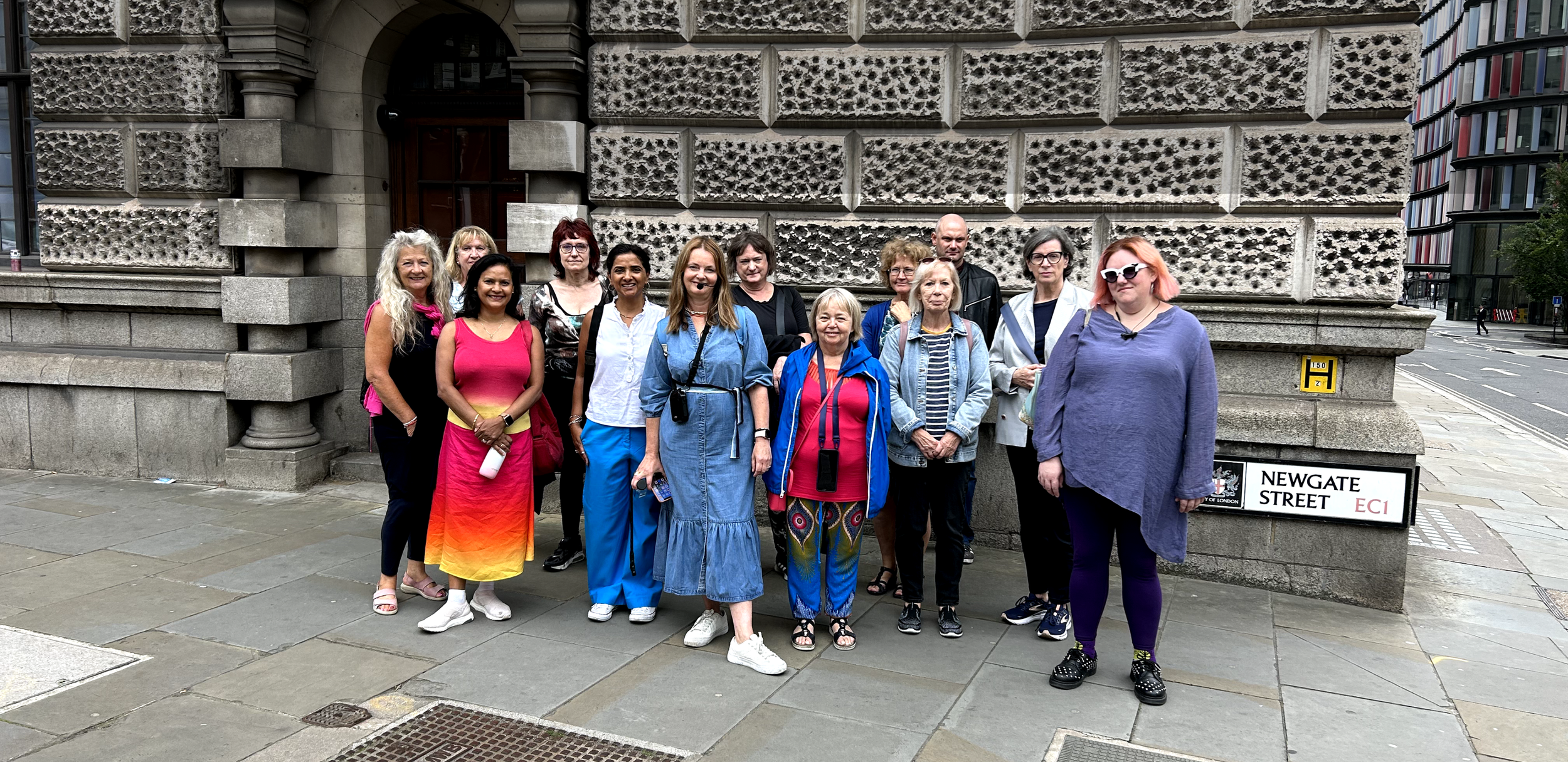
Walks on offer
Westminster and beyond
Meet at Westminster Abbey
2 - 2 1/2 hours
Small groups or private tours
Prices from £218
Embark on a thrilling guided tour of Westminster Abbey, London’s majestic Gothic landmark. Enter its hallowed halls where kings and queens have been crowned and buried for centuries. I will lead you past intricate stained glass, ancient tombs, and the breathtaking fan-vaulted ceiling. Hear gripping tales of royal coronations, dramatic state funerals, and secretive medieval ceremonies. Walk through Poets’ Corner, surrounded by memorials to literary legends, and feel history come alive beneath your feet. The echo of centuries-old traditions and the Abbey’s solemn grandeur promise an unforgettable, spine-tingling journey into Britain’s past with every step you take.
We have the opportunity to extend our tour to Parliament Square, Whitehall and the corridors of political power
Tower of London
2-2 1/2 hours
Small group or private
From £218
Step into history with a thrilling tour of the Tower of London, where ancient stone walls echo with secrets and legends. Marvel at the dazzling Crown Jewels, guarded by the iconic Beefeaters. Explore dim prison cells, imagining the whispers of doomed royals and notorious traitors. Encounter tales of bloody executions and mysterious ghosts as you walk the ramparts, feeling chills and awe at every twist in this fortress of intrigue.
Wonder at the Ravens and walk in the footsteps of those who have endured a notorious stay.
Pioneering Women
Starting at Cannon Street
2 miles
90 minutes
Price £20
This is my signature tour in the city of London. Hear about the rarely mentioned female architects who have contributed to our city’s skyline but don’t always get the namecheck. Hear about the women who invested wisely or sometimes unwisely in the 1700s, the first woman to become a chartered accountant, and the successful female shopkeepers of Cheapside. Find out about the four Queen’s heads and three ghosts alongside the first woman to be acknowledged for heroic self-sacrifice and whose good deeds helped create a memorial in Postman’s Park. This 90-minute walk introduces you to some inspirational ‘female firsts’. We meet at Cannon Street station - for details on how to book, click here.
Secrets of Spitalfields
Starting at Liverpool Street
2 miles
90 minutes
Price £20 per person
Historically, Spitalfields has always been the place that has welcomed outsiders, the ‘nomads of London’ who might just be passing through or might be trying to settle. It was once a very large priory St Mary in Spital, before Henry VIII dispensed with it in the dissolution of the monasteries. In the 1700s the district welcomed The Huguenots, a group of French protestants who fled a hostile France in search of refuge, and introduced the word refugee into our lexicon. For a while, they prospered as silk weavers, and the merchant houses that adorn Brick Lane served as an elegant reminder of their skills as developers. Interwoven in Spitalfield’s history is poverty and a fight for survival, it is evident in the alleyways, the Crispin Street dosshouse, and the Jewish soup kitchen. This area is compact but richly diverse.
Slavery & the City
Starting at Cannon Street Station
2.5 miles
90 minutes
Price £20 per person
This tour of the City of London unveils the history of the Square Mile's deep involvement in the transatlantic slave trade. The walk explores sites with direct links to this dark chapter, including financial institutions that profited from slavery and locations connected to the abolitionist movement. Visitors learn about influential merchants who amassed wealth through the trade, as well as the brave individuals who fought for its abolition. The tour highlights how London's economy and society were intrinsically linked to slavery, examining key locations like the Royal Exchange, Fen Court, and the site of the former Quaker bookshop where the British abolitionist movement began. This thought-provoking journey offers a nuanced perspective on London's complex past.





